What Does Monopod Mean ?
A monopod is a type of camera support that consists of a single leg or pole. It is used to provide stability and reduce camera shake while taking photographs or recording videos. Unlike tripods, which have three legs, monopods have only one leg and are typically lighter and more portable. They are commonly used by photographers and videographers who need to move quickly or work in tight spaces where setting up a tripod may be impractical. Monopods can be adjusted in height and often feature a swivel head or ball head to allow for easy positioning of the camera. They are a popular accessory for capturing sports events, wildlife, and other fast-paced subjects.
1、 Monopod: Definition and Function in Photography
A monopod is a type of camera support that consists of a single pole or leg, typically made of lightweight materials such as aluminum or carbon fiber. It is used by photographers to stabilize their cameras and reduce camera shake, especially in situations where a tripod may be impractical or too cumbersome to use.
The primary function of a monopod is to provide additional support and stability to the camera, allowing photographers to capture sharper images, particularly in low light conditions or when using telephoto lenses with long focal lengths. By resting the monopod on the ground and holding onto the camera with one hand, photographers can minimize camera shake and achieve clearer shots.
Monopods are particularly popular among sports and wildlife photographers who need to quickly move around and track fast-moving subjects. The lightweight and portable nature of monopods make them ideal for situations where setting up a tripod may not be feasible, such as in crowded areas or when shooting in tight spaces.
In recent years, monopods have also evolved to include additional features and functionalities. Some monopods now come with built-in fluid heads, allowing for smooth panning and tilting movements. Others have retractable legs or feet, providing more stability when the monopod is freestanding. Additionally, monopods with adjustable heights and quick-release mechanisms have become more common, making them even more versatile and user-friendly.
Overall, monopods are a valuable tool for photographers looking to improve the stability of their shots without the bulkiness of a tripod. They offer a practical and portable solution for capturing sharp images in a variety of shooting situations.
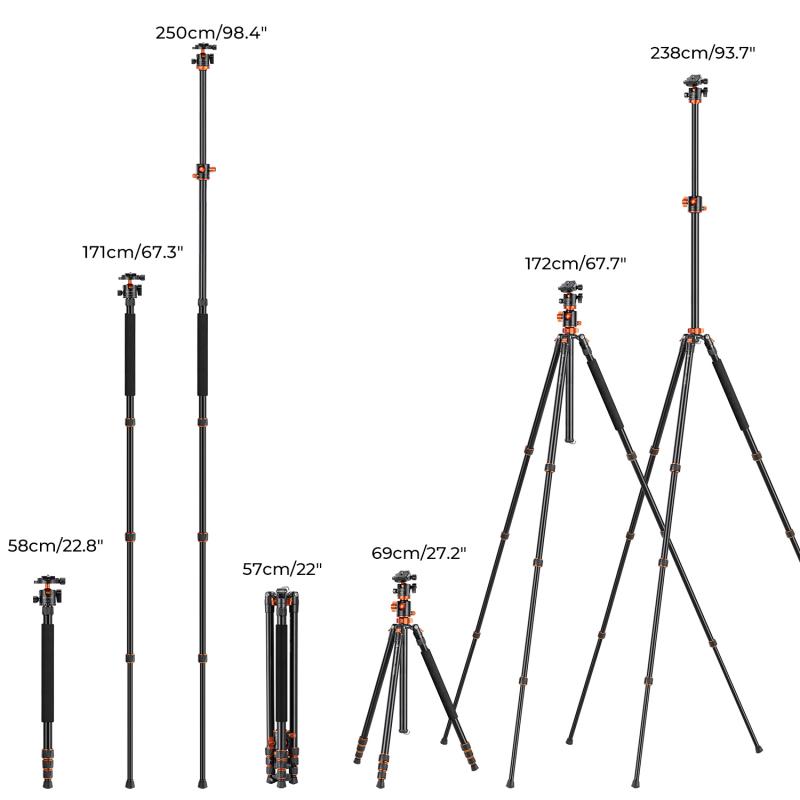
2、 Types of Monopods and Their Features
A monopod is a type of camera support that consists of a single leg or pole, typically made of lightweight materials such as aluminum or carbon fiber. It is designed to provide stability and reduce camera shake while allowing for greater mobility compared to tripods. Monopods are commonly used by photographers and videographers in various settings, including sports events, wildlife photography, and travel photography.
There are several types of monopods available in the market, each with its own unique features. One common type is the telescopic monopod, which can be extended or collapsed to different lengths, providing flexibility in capturing different angles and perspectives. Another type is the fluid monopod, which features a fluid head that allows for smooth panning and tilting movements.
Some monopods also come with additional features such as built-in ball heads, quick-release plates, and adjustable feet. These features enhance the versatility and ease of use of the monopod, allowing photographers to quickly set up and adjust their equipment according to their needs.
In recent years, there has been a rise in the popularity of compact and portable monopods, catering to the needs of photographers who value lightweight and easy-to-carry equipment. These monopods often feature foldable legs or collapsible designs, making them highly convenient for travel and outdoor photography.
Overall, monopods offer a practical solution for photographers and videographers who require stability and mobility in their work. With advancements in technology and materials, monopods continue to evolve, providing photographers with innovative features and improved performance.

3、 Advantages and Disadvantages of Using a Monopod
A monopod is a type of camera support that consists of a single pole or leg, typically made of lightweight materials such as aluminum or carbon fiber. It is used to provide stability and reduce camera shake while shooting photographs or videos.
Advantages of using a monopod include increased stability, portability, and versatility. Unlike a tripod, a monopod is lightweight and easy to carry around, making it ideal for photographers who are constantly on the move. It can be quickly set up and adjusted, allowing for fast-paced shooting situations. Additionally, a monopod provides better stability than handholding the camera, resulting in sharper images, especially in low-light conditions or when using long telephoto lenses.
Furthermore, a monopod can be used in situations where tripods are not allowed or impractical, such as crowded areas or uneven terrain. It also offers more freedom of movement compared to a tripod, allowing photographers to easily pan or tilt the camera while maintaining stability.
However, there are also some disadvantages to using a monopod. One major drawback is that it does not provide the same level of stability as a tripod. While it can reduce camera shake to some extent, it is not as effective in completely eliminating it. This means that longer exposure times or slower shutter speeds may still result in blurry images. Additionally, a monopod requires the user to constantly hold it upright, which can be tiring over extended periods of time.
In conclusion, a monopod is a useful camera accessory that offers increased stability, portability, and versatility. It is particularly beneficial for photographers who need to shoot on the go or in situations where tripods are not practical. However, it is important to consider its limitations in terms of stability and the potential for camera shake.
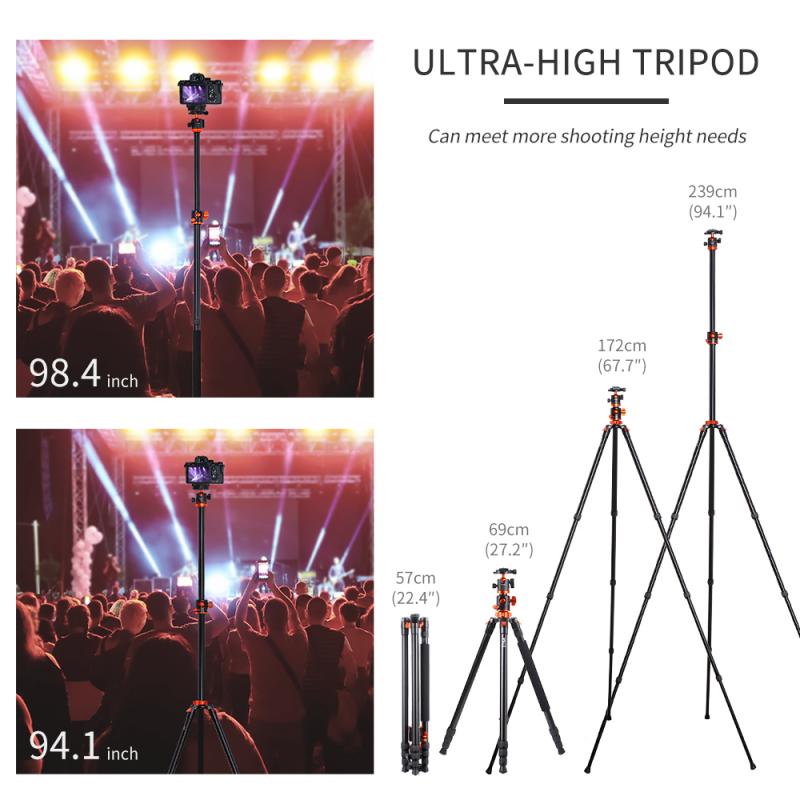
4、 How to Properly Use a Monopod for Stability
A monopod is a type of camera support that consists of a single pole or leg, typically made of lightweight materials such as aluminum or carbon fiber. It is used to provide stability and reduce camera shake while shooting photographs or videos.
To properly use a monopod for stability, follow these steps:
1. Extend the monopod: Start by extending the monopod to a comfortable height. Most monopods have adjustable sections that can be locked in place.
2. Attach the camera: Securely attach your camera to the monopod using the mounting plate or screw. Make sure it is tightly fastened to prevent any accidental falls.
3. Hold the monopod correctly: Grip the monopod firmly with one hand, while using your other hand to operate the camera controls. This will help stabilize the monopod and reduce any unwanted movement.
4. Position yourself properly: Stand with your feet shoulder-width apart and keep your body relaxed. This will provide a stable base and help you maintain balance while using the monopod.
5. Use proper technique: When shooting, keep your elbows close to your body and use smooth, controlled movements. Avoid sudden jerks or movements that can introduce camera shake.
The latest point of view on using a monopod for stability emphasizes the importance of combining it with good shooting techniques. While a monopod can significantly reduce camera shake, it is not a substitute for proper posture and technique. It is essential to maintain a steady grip, use smooth movements, and be mindful of your body position to achieve the best results. Additionally, some monopods come with features like built-in stabilizers or fluid heads, which further enhance stability and allow for smoother panning and tilting movements.
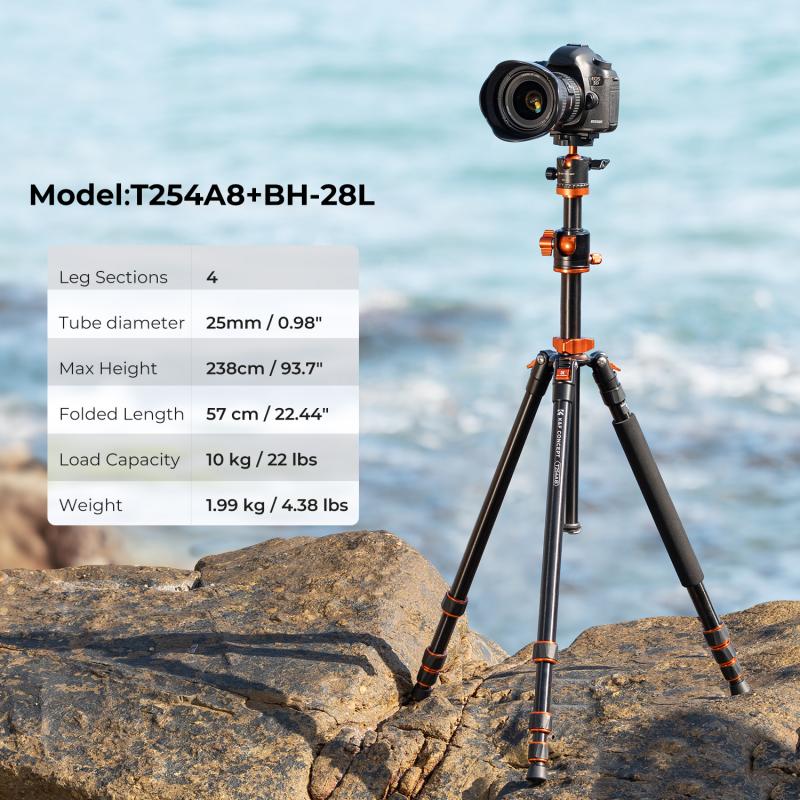


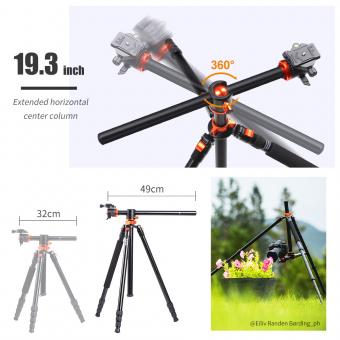


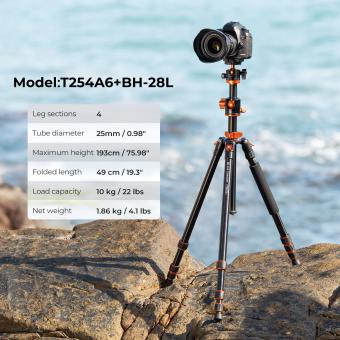

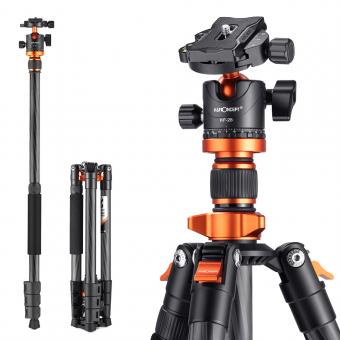

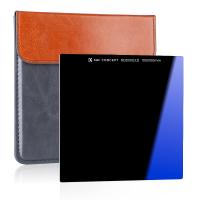
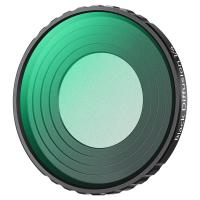

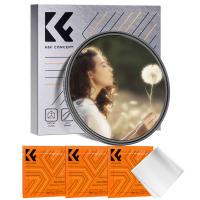



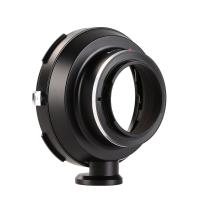
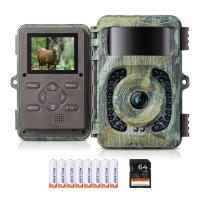


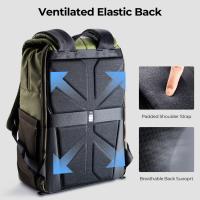
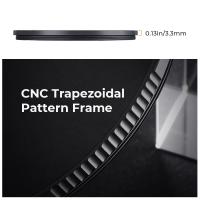
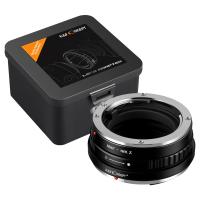
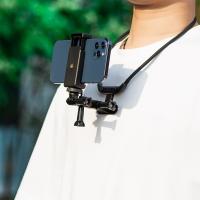



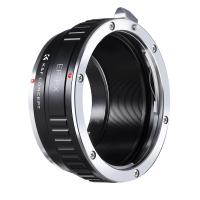
There are no comments for this blog.